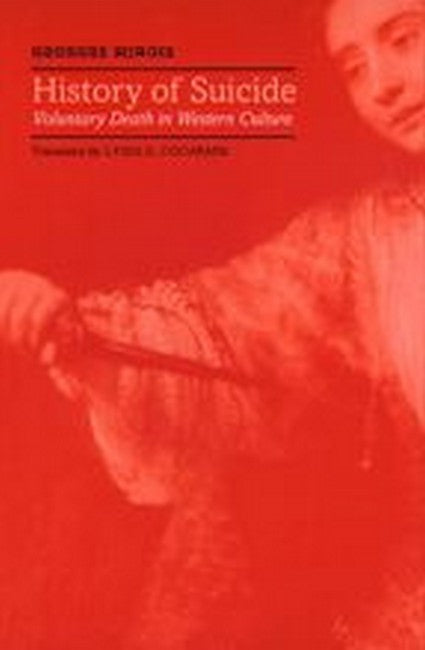Contents:
Introduction
Part I: Tradition: A Repressed Question
Chapter 1: Suicide in the Middle Ages: Nuances
Chapter 2: The Legacy of the Middle Ages: Between Madness and Despair
Chapter 3: The Classical Heritage: Perfecting the Timely Exit
Part II: The Renaissance: A Question Raised, Then Stifled
Chapter 4: The Early Renaissance: Rediscovery of the Enigma of Suicide
Chapter 5: To Be or Not To Be: The First Crisis of Conscience in Europe
Chapter 6: The Seventeenth Century: Reaction and Repression
Chapter 7: Substitutes for Suicide in the Seventeenth Century
Part III: The Enlightenment: Suicide Updated and Guilt-Free
Chapter 8: The Birth of the English Malady, 1680-1720
Chapter 9: The Debate on Suicide in the Enlightenment: From Morality to Medicine
Chapter 10: The Elite: From Philosophical Suicide to Romantic Suicide
Chapter 11: The Common People: The Persistence of Ordinary Suicide
Epilogue: From the French Revolution to the Twentieth Century, or, From Free Debate to Silence
Request Academic Copy
Please copy the ISBN for submitting review copy form
Description
""A broad and thought-provoking discussion of the complexities of suicide. Continually reminding us that the legalities and theoretical discussions of suicide often do not coincide with the reality of suicide, Minois focuses his discussion around Hamlet's famous question, 'to be or not to be,' and this proves to be an effective way to organize and present the large and dense amount of material... This book provides a useful and impressive collection of data and an absorbing discussion of attitudes toward voluntary death.""

